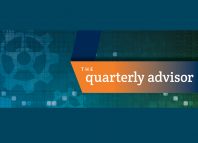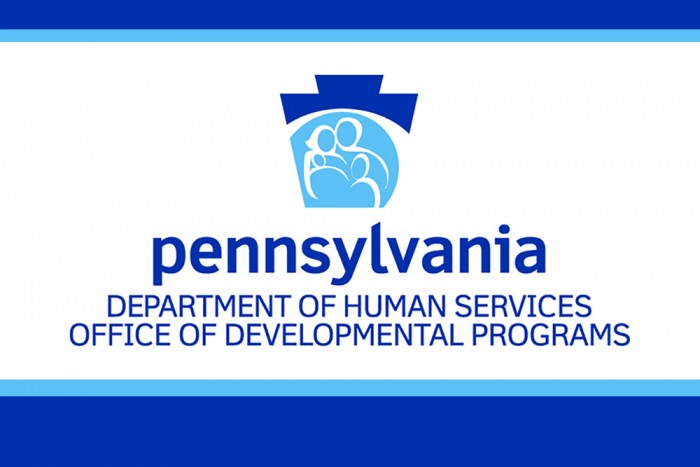ODP Announcement 23-001 Update provides additional information about how the Office of Developmental Programs (ODP) utilizes American Rescue Plan Act (ARPA) funds as part of the ongoing systemic recovery of services for people with an intellectual disability and autism. Also included is an Excel spreadsheet showing American Rescue Plan Act (ARPA) Expansion and Recovery Baseline Data (CPS and Employment).
This announcement includes baseline pre-pandemic service user data for both Community Participation Support (CPS) and Supported Employment to inform provider planning efforts related to the supplemental payments. This initiative is designed to provide supplemental payments to support the recovery and service expansion in the following three areas: CPS, employment, and supports coordination. See the announcement for a description of the supplemental payment structure.

















